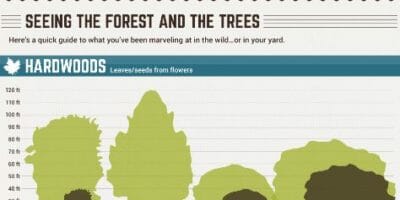Post-Tree Removal Treatment Plays A Significant Duty In Landscape Remediation; Discover Vital Actions To Boost Your Surroundings And Minimize Future Concerns
https://www.popsugar.com/home/Drought-Landscaping-Ideas-37681276 -Langley Deal After a tree's removal, your landscape might look fairly different, and it's necessary to assess the consequences carefully. You'll wish to review the dirt disruption and check surrounding plants for any type of indicators of tension. Neglecting these elements can bring about larger troubles down the line. So, what should you finish with those stumps and roots? And just how do you select the most effective plants for your revitalized area? Allow's explore these vital steps.
Evaluating the Results: Examining Your Landscape
After a tree elimination, it's crucial to evaluate your landscape to recognize the effect it has on your backyard. Beginning by checking out the area where the tree stood. Seek indicators of dirt disturbance, and examine the bordering plants for any type of tension or damages. You need to likewise bear in mind of exactly how the removal has actually transformed sunlight exposure and air movement in your garden. trim peach tree can influence the growth of close-by plants, so it's important to examine their wellness. Consider the aesthetic facets also; the elimination may develop an open space that you can upgrade. Finally, consider any kind of prospective disintegration issues that could arise from the tree's lack. Attending to these variables early will assist bring back balance to your landscape.
Dealing With Stumps and Roots: Alternatives for Removal
When you have actually analyzed the aftermath of the tree elimination, you'll likely need to tackle the stump and origins left behind. You have a few alternatives for removal. One reliable approach is stump grinding, where a professional makes use of a device to grind the stump down to underground degree. This strategy leaves very little disruption to your landscape. If you prefer a do it yourself technique, you can utilize a combination of excavating and chemical stump eliminators. Simply remember, this procedure can take time and effort. Additionally, think about leaving the stump as an all-natural function, which can serve as a special garden aspect or habitat for wildlife. Whatever you choose, attending to the stump and roots is necessary for restoring your landscape.
Picking the Right Plants for Your New Space
As you evaluate your freshly removed space, choosing the right plants can dramatically improve your landscape's appeal and functionality. Beginning by thinking about the sunlight and dirt problems. For bright areas, select drought-resistant plants like lavender or succulents. In shaded areas, ferns and hostas thrive well. Think of the dimension and development routines of your plants; mix perennials and annuals for seasonal selection. Don't neglect to include indigenous species; they need much less maintenance and assistance neighborhood wildlife. Team plants in strange numbers for a more natural appearance and create layers for aesthetic deepness. Lastly, ensure you have a mix of shades and textures to maintain your landscape dynamic throughout the periods. Happy growing!
Final thought
To conclude, restoring your landscape after tree elimination is a gratifying process. By examining the consequences, addressing stumps and roots, and selecting the right plants, you'll develop a successful environment. Don't fail to remember to include erosion control steps to safeguard your soil. With a little effort and treatment, you can transform your space right into a dynamic garden that enhances your home. Welcome the opportunity to invigorate your landscape and enjoy the appeal of nature right in your backyard! 